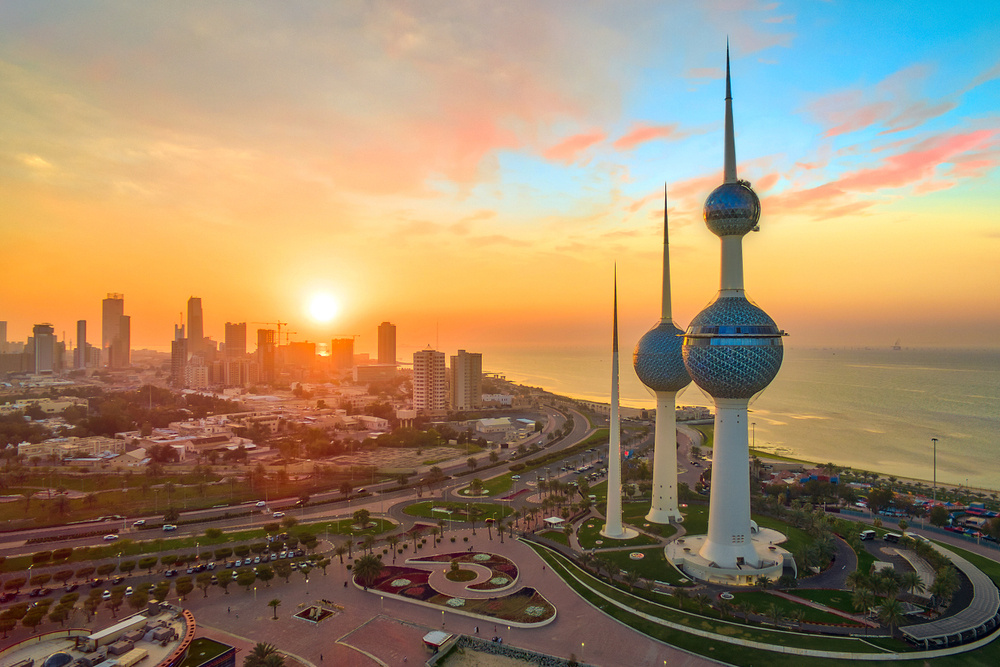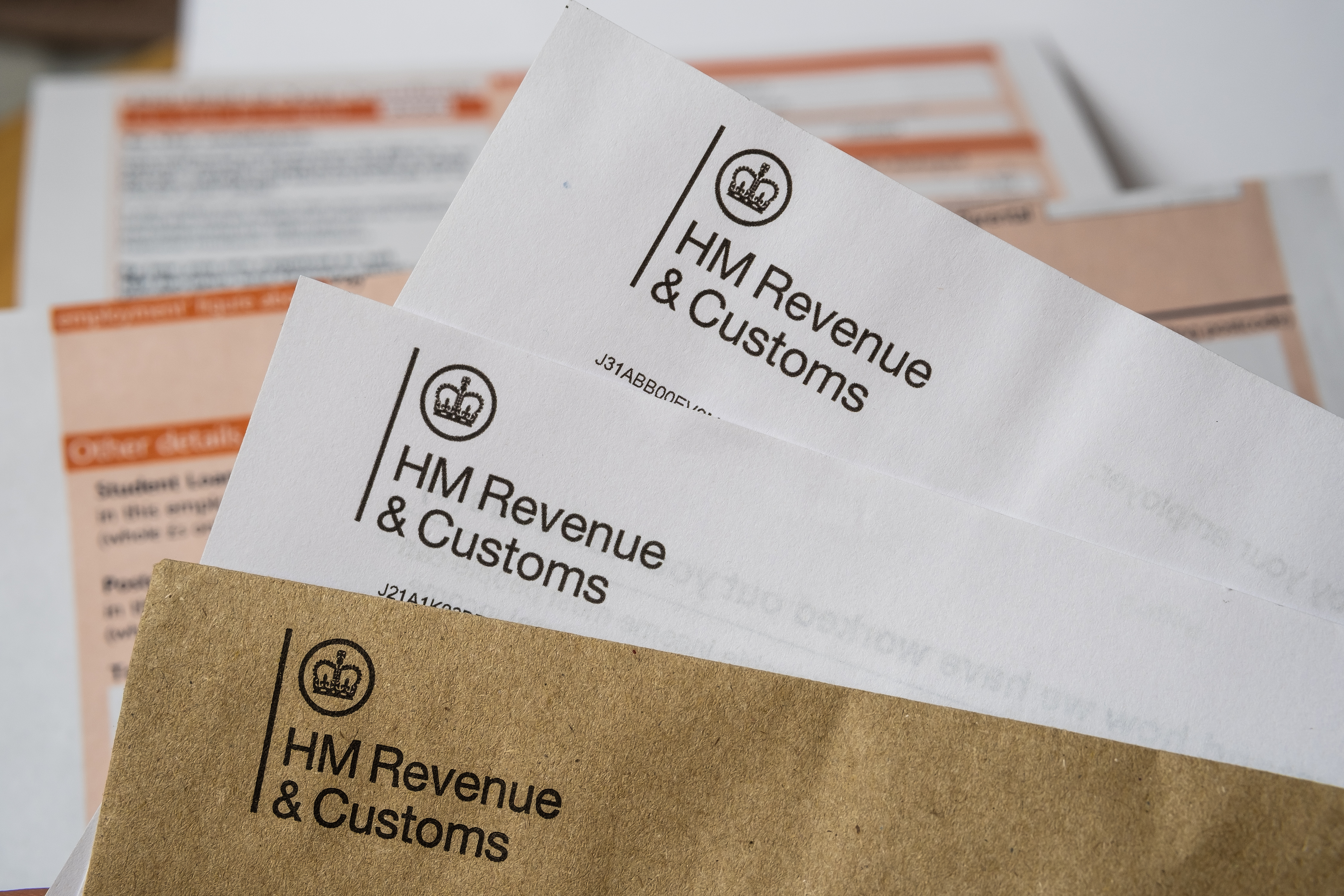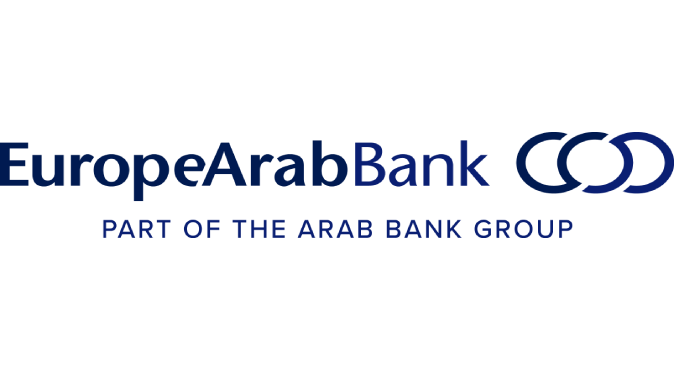Moody's downgrades Kuwait, confirms rating on Qatar

On 22 September, Moody’s downgraded the Government of Kuwait’s debt rating by one notch to Aa3 and its issuer rating by two notches to A1.
Kuwait’s rating is now the most interesting sovereign rating in the Middle East. The country has exceptionally high foreign reserves, a small population (even after including expatriates) and large oil reserves. Yet it was downgraded in March this year by S&P, and now it has been downgraded by Moody’s.
A twist was provided on 24 September when Moody’s confirmed Qatar’s rating at Aa3.
Moody’s press release announcing the Kuwaiti downgrades focussed on liquidity risks and the strength of Kuwait’s institutions and governance. The two are connected: Kuwait’s Parliament continues to refuse to pass a law that would authorise the government to borrow money, and in the absence of that law, fiscal deficits – which are even larger than normal due to the Covid-19 pandemic – can be plugged only by drawing down state reserves. These reserves are substantial but largely illiquid. Moody’s says that liquid reserves are now nearing depletion.
A $3.5bn tranche of international bonds is due for repayment in March 2022, Moody’s points out.
Earlier this year, Kuwait’s Parliament suspended the mandatory transfer of 10% of government oil revenues into the Future Generations Fund (in future, transfers need happen only during years of budget surplus), but there is no formal legal mechanism for the government to draw money out of the Fund – the Fund’s assets are explicitly ringfenced from the budget.
As for future debt raising, the Parliament has rejected a proposal that included a debt ceiling of KD20 bn ($65 bn). Moody’s estimates that such a ceiling would be reached within two years.
The contrast with Moody’s announcement that it was confirming Qatar’s rating is illuminating.
With Qatar, Moody’s stresses the exceptionally high per capita income ($132,886, which happens to be exactly double that of Kuwait), and its robust contingency financial buffers (essentially, access to international debt, which Qatar has drawn down in recent years).
The result, according to Moody’s, is that the Qatari authorities have policy flexibility to adjust to fiscal shocks without worrying about the domestic reaction. A significant factor here is that Qatari nationals account for around 10% of the total workforce and unemployment is very low.
Moody’s estimates that Qatar’s state reserves exceeded 180% of GDP at the end of 2019 – significant, but half of the equivalent figure for Kuwait. The agency has no current debt to GDP estimates for Qatar but is predicting that the ratio will fall back to 2017 levels of around 50% by the end of 2013. It points out that the Qatari government raised $33.5 bn in 2018-19 alone, which is equivalent to around 18% of GDP. The agency estimates that Kuwait’s debt/GDP ratio was 39% in 2019.
So, Qatar’s reserves are lower, and its debt/GDP ratio higher than Kuwait’s; but the liquidity of Qatar’s reserves is higher, and Qatar has more policy flexibility.
Moody’s upgraded Kuwait, Qatar and the UAE to Aa2 in 2007, and all three retained those ratings throughout the Global Financial Crisis and following the oil price collapse of 2014. (In contrast, Saudi Arabia’s ratings, which had stood at AA- from all three international agencies, have been lowered into the single-A range.)
The rating actions on Kuwait show that those AA ratings are not impregnable. Despite decades of talk about economic and fiscal reform, the structures of the Gulf economies have changed little in recent years and yawning budgetary deficits remain. Meanwhile, global transition towards sustainable sources of energy continues apace, steadily reducing the importance of hydrocarbons in the global energy mix.
Clearly, the obsolescence of crude oil is not imminent; but nor is it so uncertain or so far in the future that it can be ignored by long-term investors.
Additional perspectives on Kuwait’s fiscal position can be seen here.
More In
News

Bank ABC reports net profits of US$152 million in H1

Ahead of the autumn budget, Farrer & Co assess the new tax rules for non-doms

FAB opens new offices in Mayfair



ABA member Comarch on adapting to continual change



